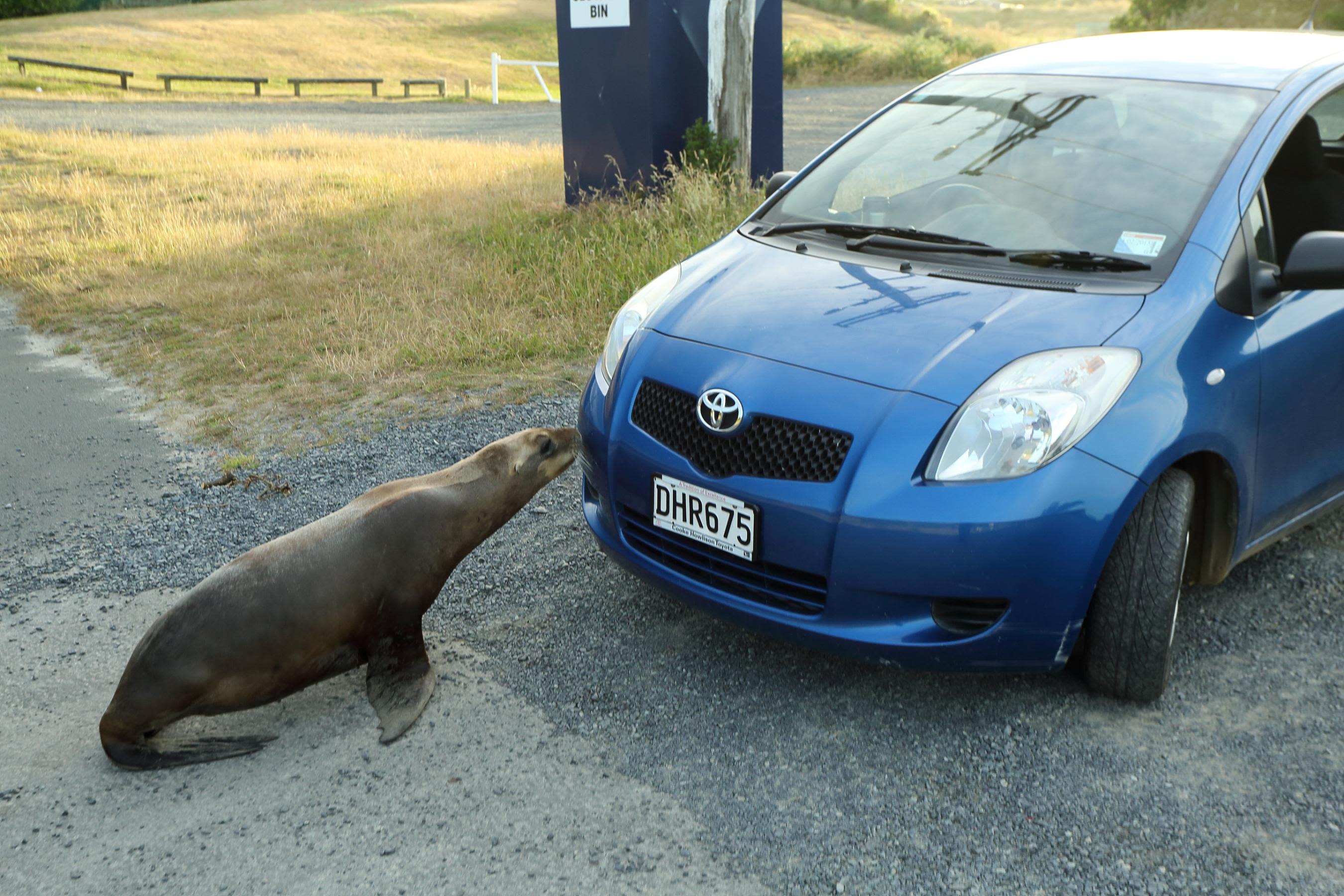
Sea lions are returning to New Zealand's mainland after being hunted to near extinction in the 19th and early 20th century. Now, local people are learning to live with their new -- very curious -- neighbors.
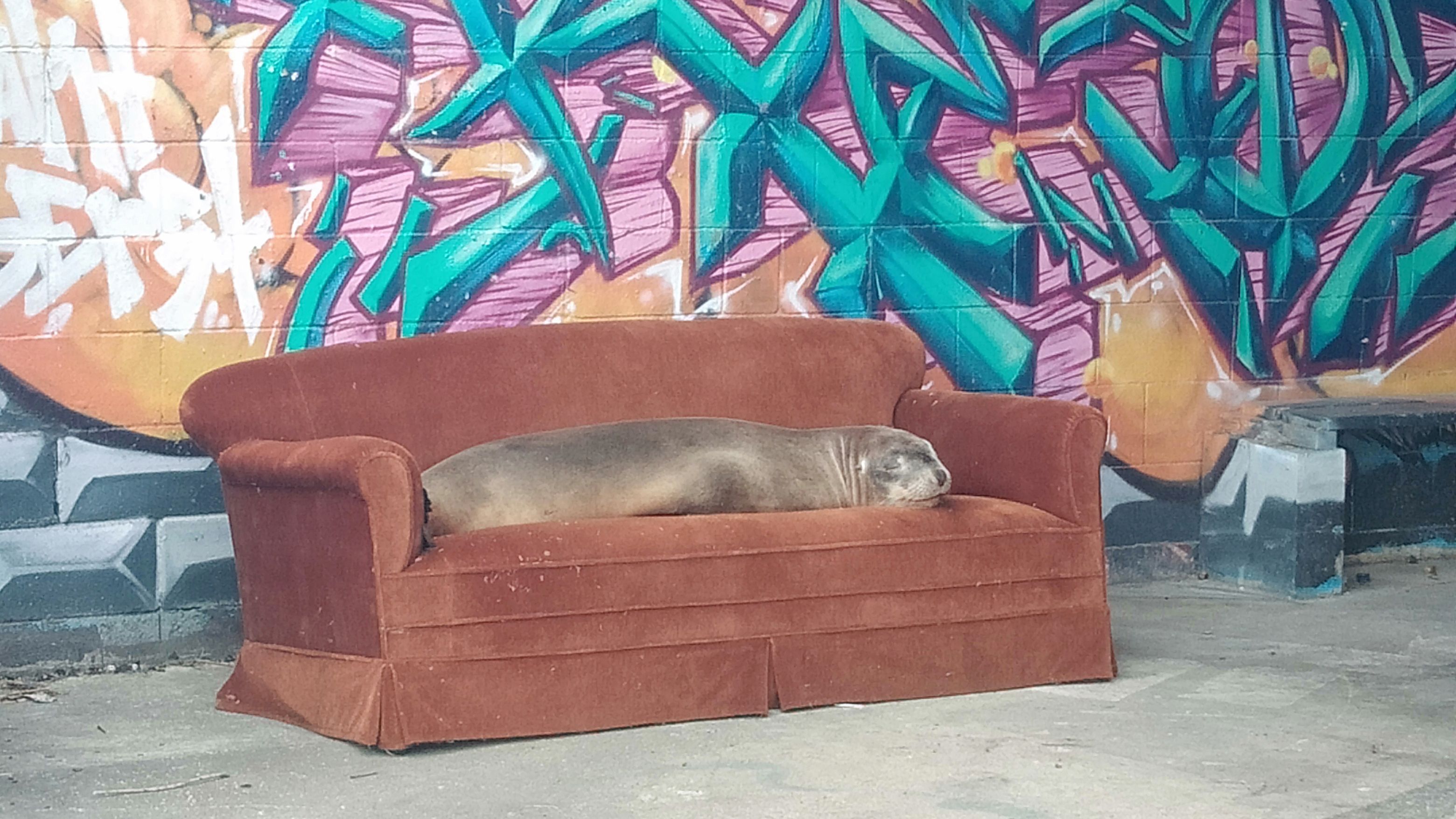
The lumbering creatures have been spotted in all sorts of unexpected places, from lounging on this sofa in the town of Kakanui, to nesting in a golf course, and taking a dip in a Dunedin pool.
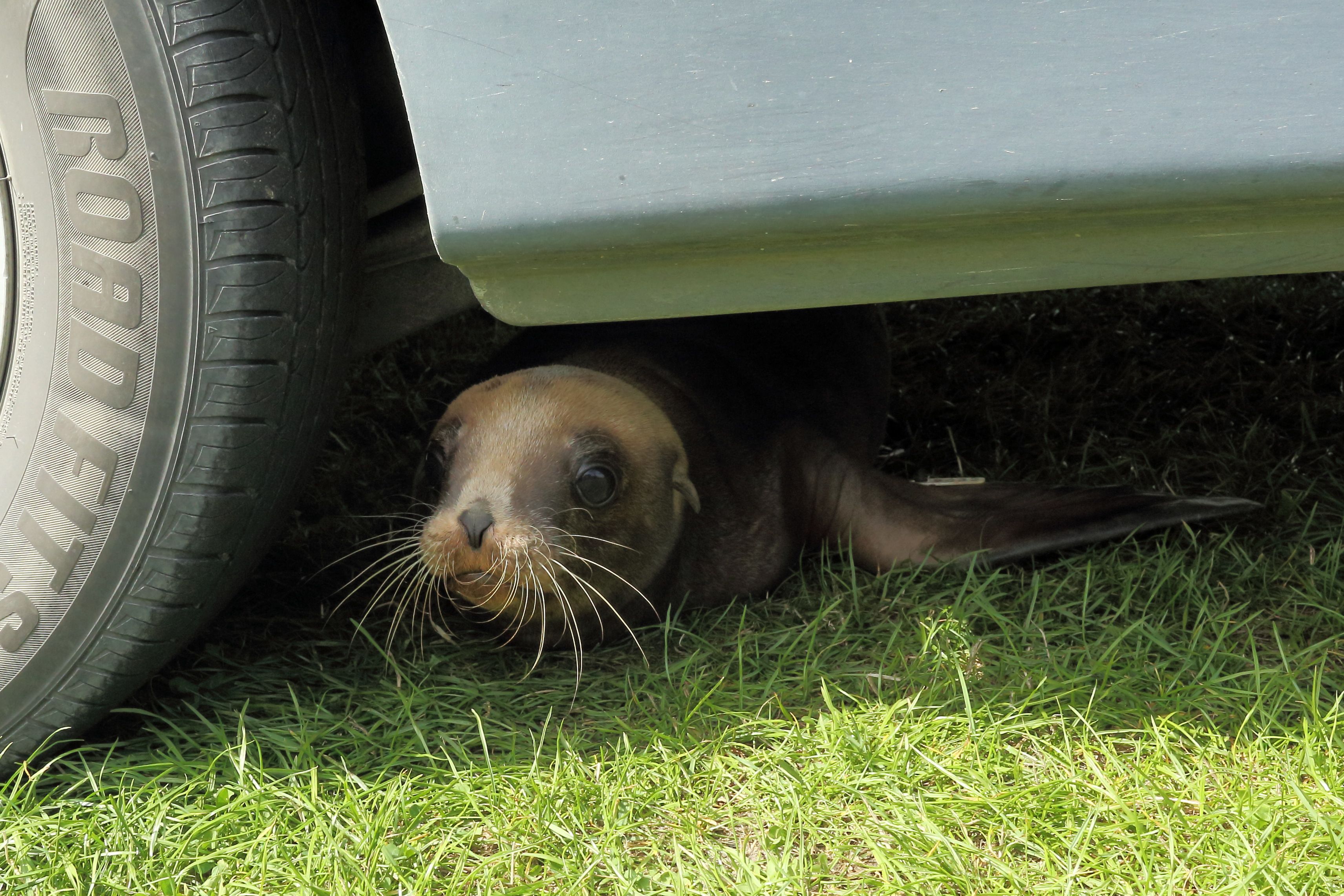
Locals have, mostly, learned to love them, thanks to the fact that they are "super cute," says Jim Fyfe, a coastal biodiversity ranger for New Zealand's Department of Conservation. But occasionally people get frustrated with their bad habits, which include loudly mooing through the night, producing bad smells in people's backyards, or causing busy roads to be closed for their safety.
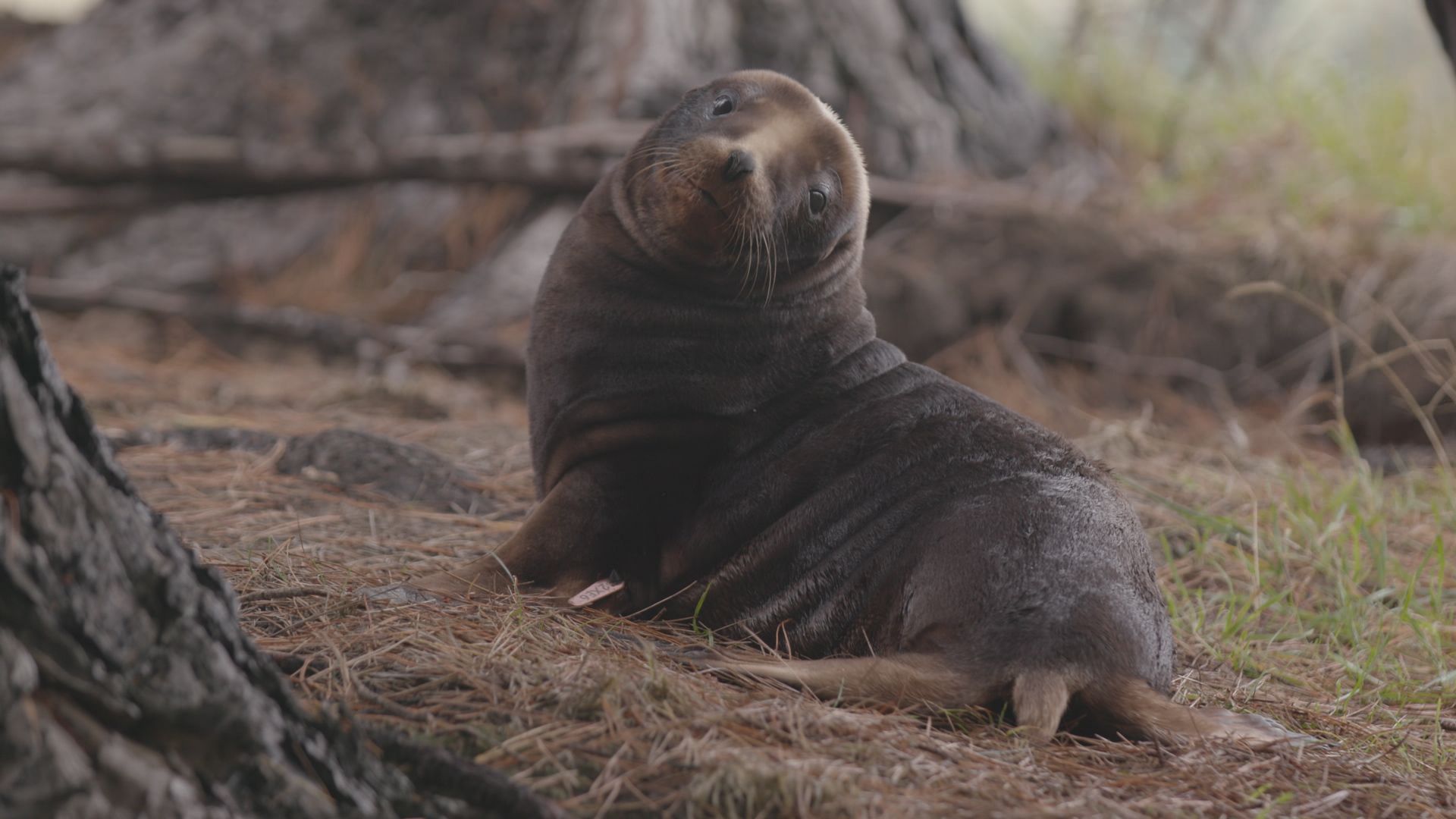
But threats to sea lions are much greater than the nuisance they cause. To protect their pups from the exposed beach and enormous adult male sea lions, mothers often head inland to nest, bringing them closer to human dangers.

Roads, cars, motorbikes and dogs are all potential threats that could prevent the sea lion population from prospering. This year, a three-month-old sea lion pup was killed by a vehicle on an Otago Peninsula road, and motorcycle tracks were recently spotted beside a popular "nursery" area where many mother sea lions and their pups have settled.
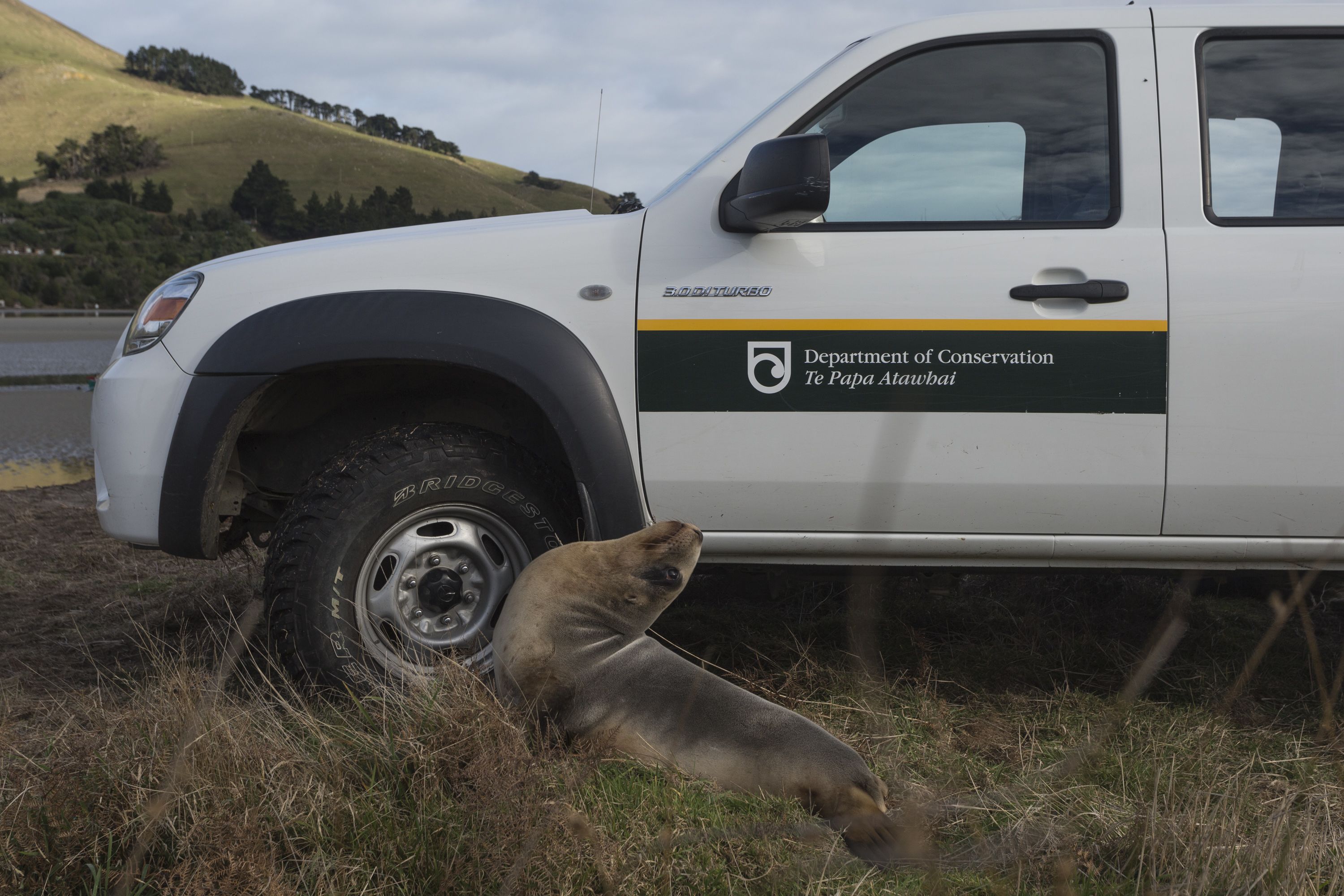
The Department of Conservation and the New Zealand Sea Lion Trust try to manage these threats. They keep track of mothers and pups, cordoning off areas where they might be nesting or putting up signs to warn passersby.
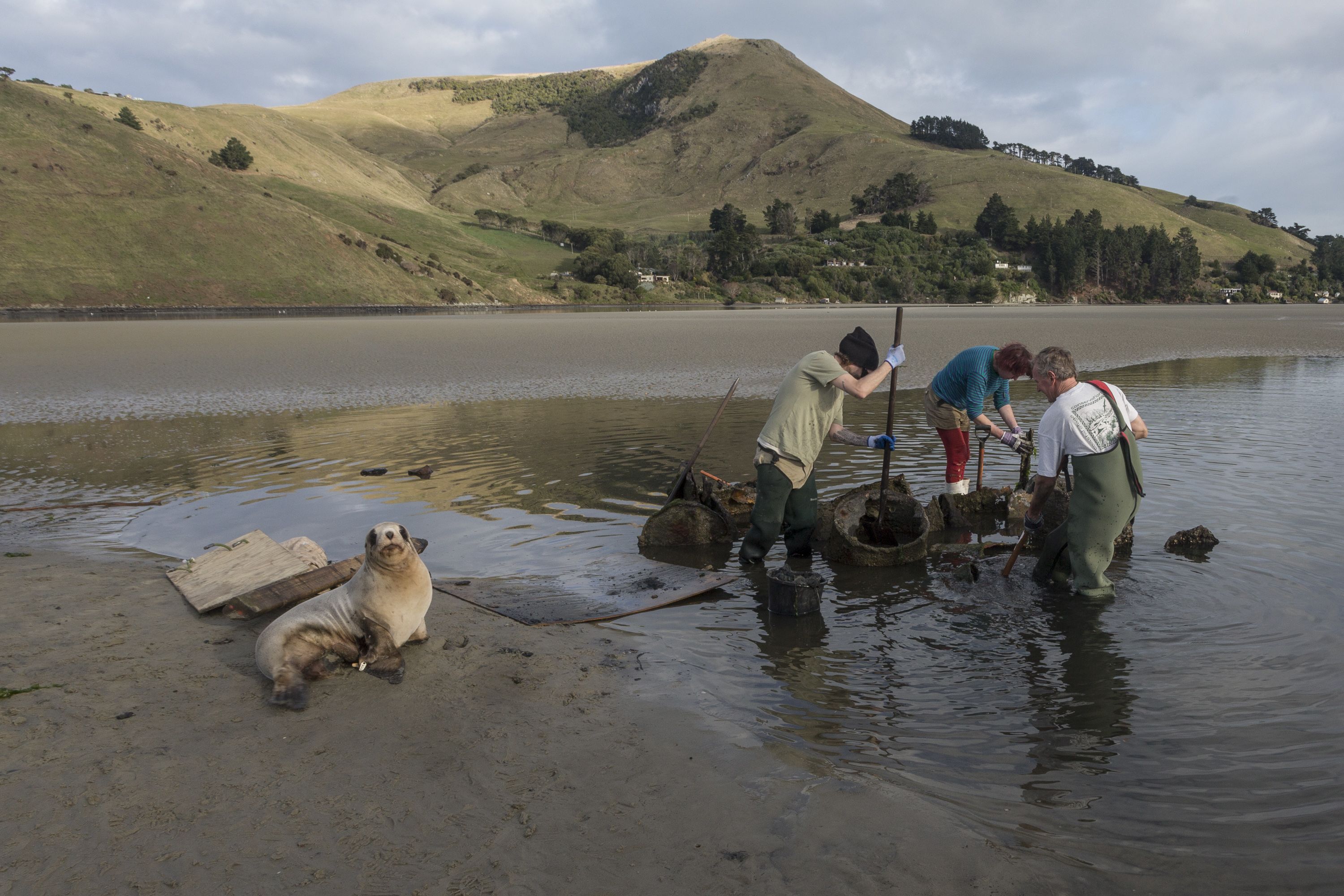
The organizations work to look after sea lion habitats and are aided by a team of volunteers -- some of whom are pictured here with Fyfe, digging out oil drums that were dumped in Otago's Papanui Inlet.
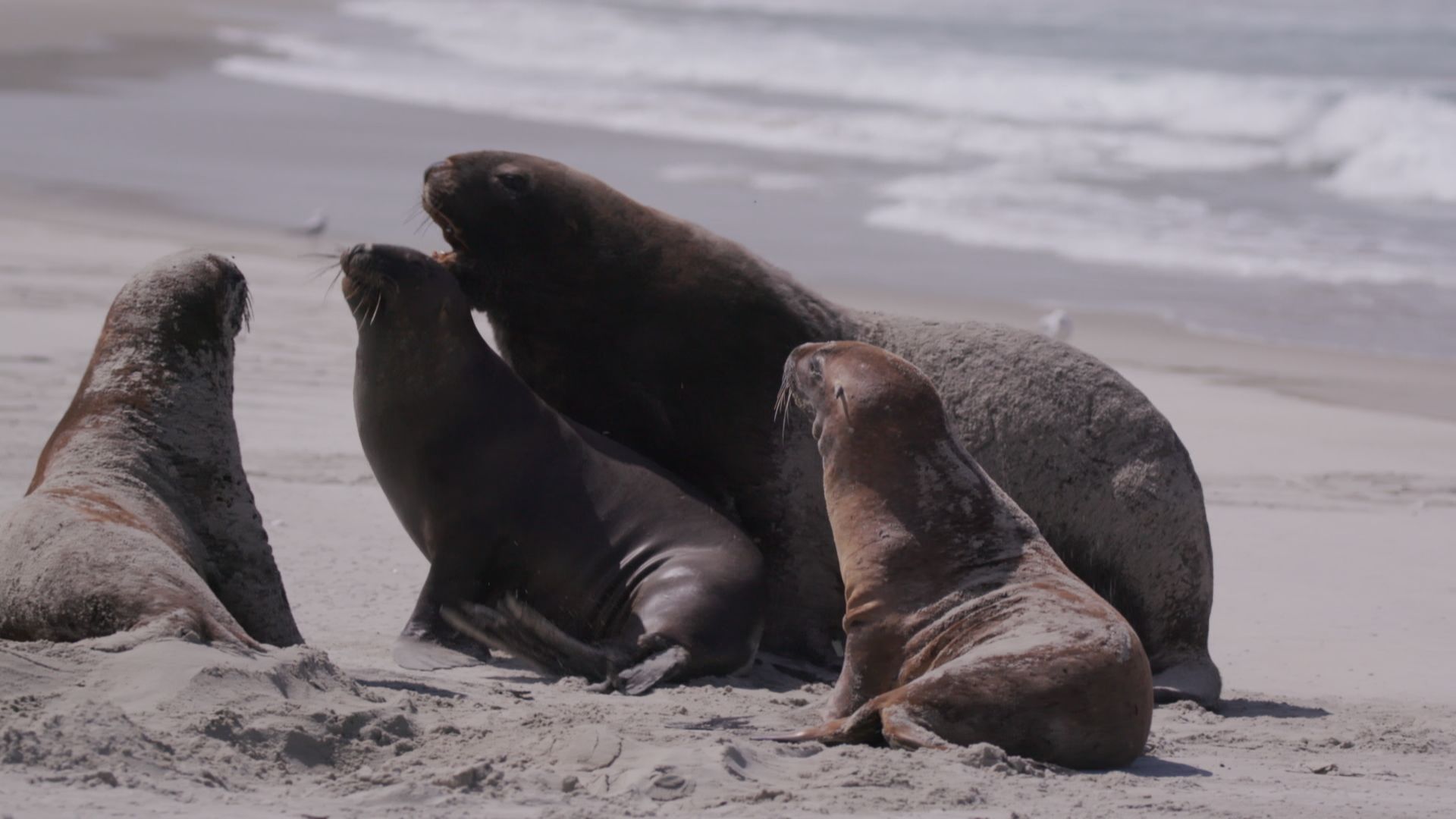
Some volunteers for the Sea Lion Trust are designated "babysitters," who monitor mothers and pups during the early days and help to educate locals about how to behave with the species.
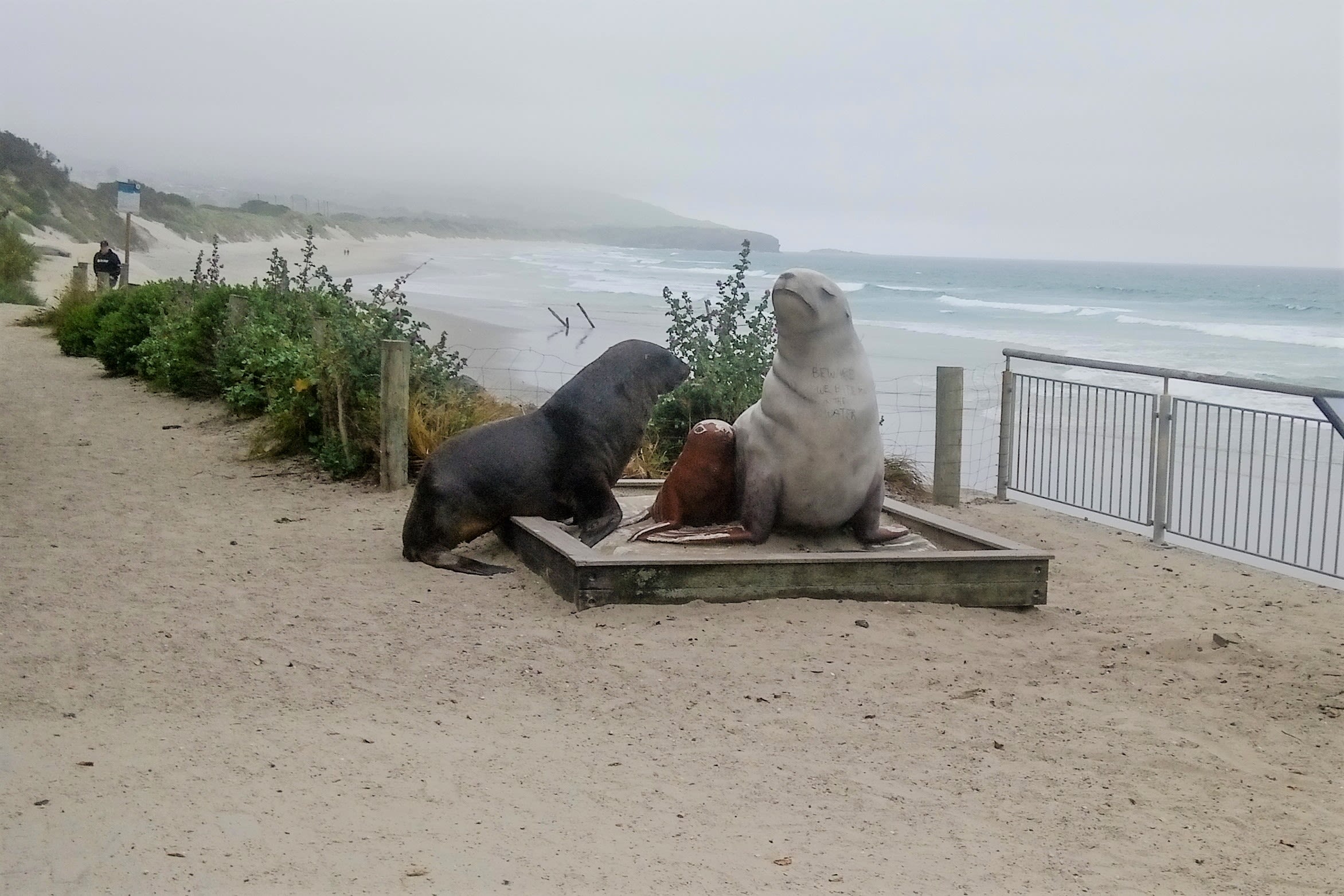
The return of sea lions to New Zealand's mainland is linked to one female, dubbed "Mum," who arrived at St Clair beach, near Dunedin, in the early 1990s. She was the first sea lion to give birth on the mainland in 150 years, and her descendants have recolonized the area. To commemorate the heroine, a statue of Mum -- pictured here with a real-life admirer -- was erected on the esplanade above St Clair.
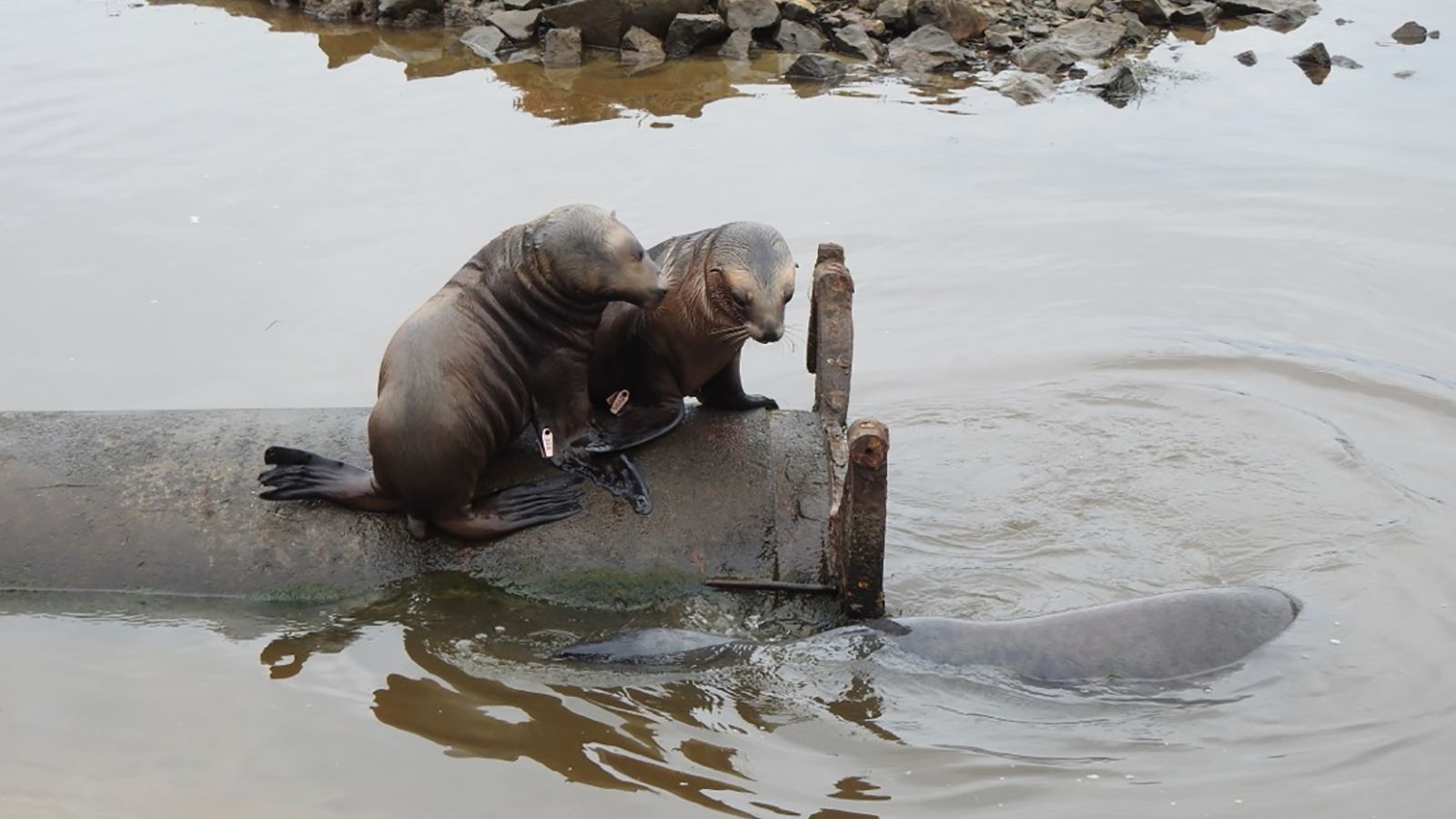
Since Mum arrived, the Department of Conservation has closely tracked her offspring and created a family tree. Pictured here are two pups playing on a pipe in an Otago Peninsula Inlet, with an adult male circling below.
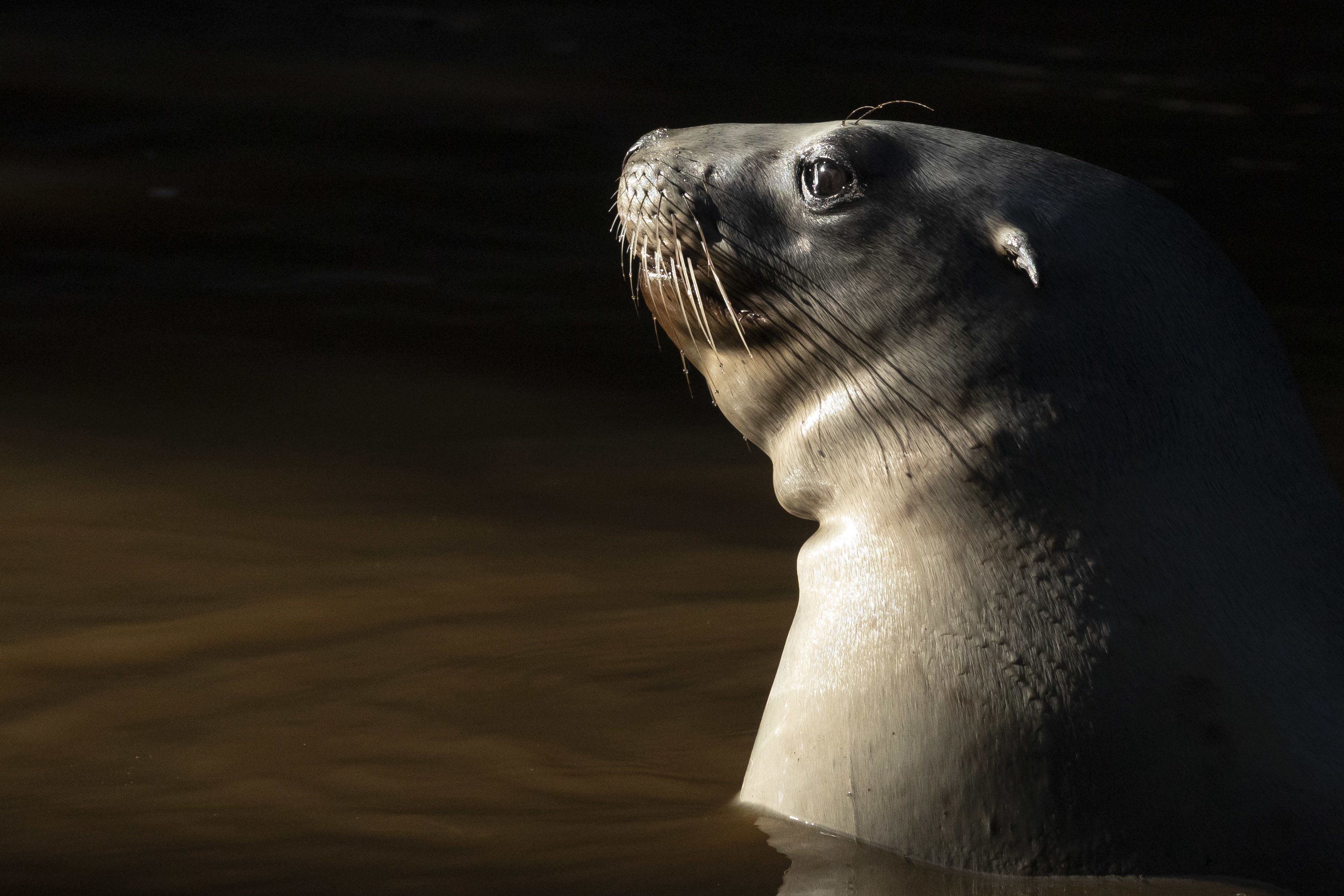
This year the Otago Peninsula had its most successful breeding season since the threatened species returned to the mainland, says Fyfe, with a total of 21 pups born. He hopes the population will continue to thrive.


